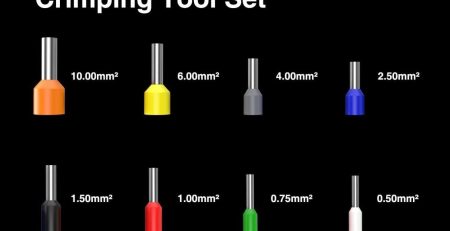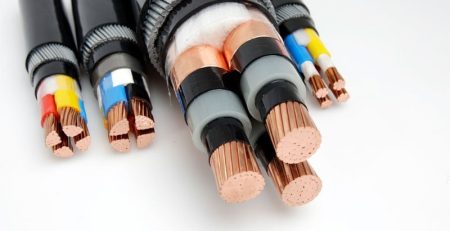Review of Samsung Plasma, LCD and LED Televisions
When it comes to choosing televisions nowadays, things are quite complicated. Plasma, LED and LCD televisions are technologies that are tied together in similar packages but all are HD TV. Plasma televisions use individual pixel cells that excite neon and xenon gases with the aid of electrical pulsations and maintain the accurate balance of green, blue or red phosphors held in every cell. LCD screens use liquid crystal diodes placed amid two sheets of glass and only the backlight would differentiate it from LED television. LED televisions make use of Light Emitting Diode (LED) bulbs while LCD televisions use fluorescent CFL lights.
LED TVs employs two main kinds of back lighting, the local dimming and edge lighting. Edge lighting has light emitting diodes surrounding the perimeter of the panels constructed extremely thin. Local dimming includes a collection of LED lights at the back of the panel which can be managed to reduce the extent of back lighting in dark sections of the screen and increased in the bright sections for greater contrast and enhanced blacks.
Picture Quality
Plasma televisions are better in standard lighting conditions and are considered better HD TV while LCD televisions are better used in brightly lit areas such as the breakfast room. LED technology has made better the LCD’s level of contrast. The LCD monitors are better for public presentations like in airports and department store signage since these areas are brightly lit.
LCD panels would generate dark tones by obstructing the back lighting that passes through the panel, a problem integral to the technology but was solved by the local dimming method of LED TVs. LCDs will have dimmer whites compared to the Edge-lit LEDs while the colored backlights of LED TVs will have better color accuracy and viewing angles compared to LCDs.
Fast-Moving Video Playback
Plasma TVs are better with fast-moving pictures while the LED and LCD televisions have problems with blurring and minor lags in motion response. But the LED TV’s recent refresh rate has lessened the motion blurs.
Computer Use
LCD screens are good in displaying inert image and even with excessive use; the screens would still show full color details and with no signs of screen burn. The plasma TVs cannot withstand prolonged used and would eventually show signs of screen burn but the time it takes for this to happen would depend mainly on the anti-burn technology employed by manufacturers.
Longevity
Both LED and LCD manufacturers have claimed that the displays are good for 100,000 hours duration, meaning the display would last only if the backlight does. But the fluorescent CFL backlights may last long except white balance will change once the fluorescent light become old. Plasma televisions, on the other hand, employ the noble gas glow technology and lasts only half as long as the LCDs. It will last until the phosphoric rudiments fade out.
Power Consumption
Local dimming LED TVs use more power compared to LCDs with similar screen size, almost the same power usage as Plasma TVs. Edge lit LED televisions, on the other hand, has lower power consumption compared to LCDs of similar size.
So when it comes to HD TV, Plasma televisions have well-defined contrast levels making it slightly ahead in quality. But LED and LCD technologies are determined to achieve comparable levels of superiority.
BY by GAHZLY
#Review #Samsung #Plasma #LCD #LED #Televisions












Leave a Reply
You must be logged in to post a comment.